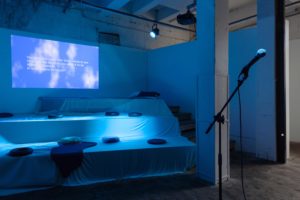I’m told the streets of Tallinn Old Town are haunted. As my friend and local guide points to one of the longest-running pharmacies in Europe, operational since the 15th Century, she explains a lot has happened in the Estonian capital in its 800-year history. Nestled on the Gulf of Finland – north of Riga, east of Stockholm, south of Helsinki and west of Saint Petersburg – there are layers-upon-layers of history here. Tallinn is built on the architectural strata of alternating Scandinavian, German and Russian rule, three years of Nazi occupation and 49 as part of the Soviet Union: there’s the Russian Orthodox church, Lutheran cathedral, Norwegian Catholic spire, the Stalinist Sõprus cinema. And yet, following a 15-hour journey across the Atlantic from Los Angeles, with a stop in Amsterdam and no time to adjust – temporally, culturally, meteorologically – I’m here to engage with a new kind of world order.
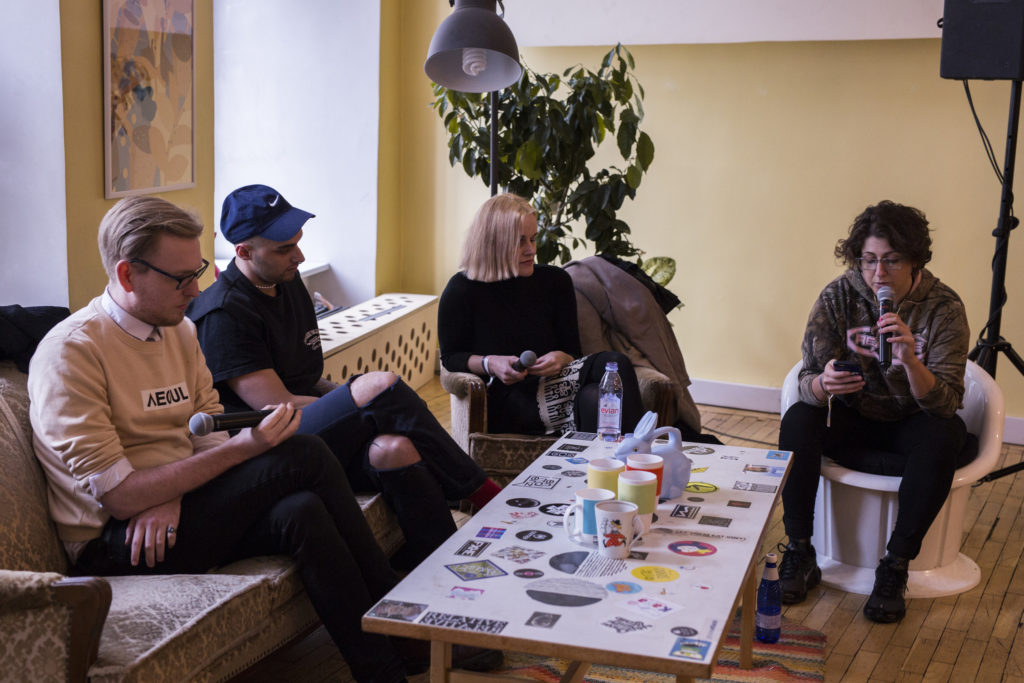
Invited to review and take part in a formidable weeklong cultural programme for Tallinn Music Week, running April 2 to 8, I’m charged with the task of absorbing as much as I can of what appears to be a city-wide project in promoting and developing the civic identity of a place that many people, in the United States at least, have never heard of. There are delegates from every corner of the European music industry, including press from Drowned in Sound, Resident Advisor, The Quietus; speakers counting Imogen Heap and Rough Trade Records co-founder Jeannette Lee. My own involvement sees me split between professional identities and interests, moderating a panel titled ‘Queer sensibilities mediating change’ as editor of AQNB at Biit Me on Thursday, taking part in a panel on the state of long-form music journalism as a seasoned critic on Saturday. Tallinn, though, is where the distinction between these roles disappears.
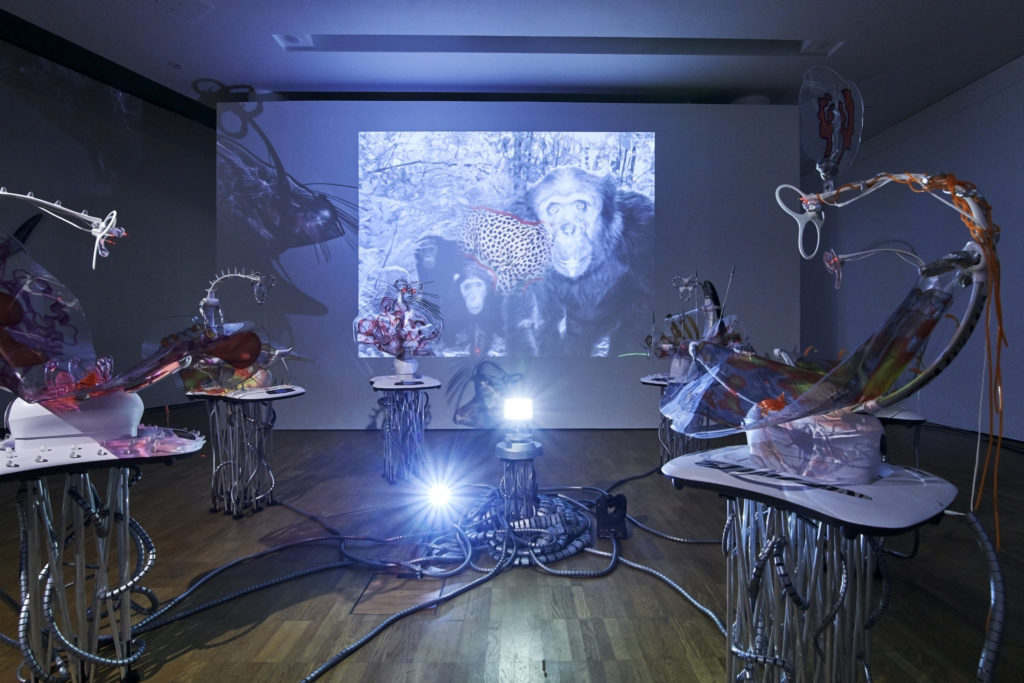
On criss-crossing the map of the city – over four full days of attempting to hit every cultural touchstone I can think of – it becomes apparent that there is an interesting dynamic that emerges around the creative and, more importantly, economic imperative of a thing like TMW. I already have a list of what I want to see outside of it; those things that I’ve heard of online or via my own networks of unofficial emissaries from Estonia in the form of self-actualising artists, musicians and curators working abroad. Among them are Los Angeles-based Not Not Fun-affiliated producer and performer Maria Minerva, as well as director of the CCAE, Maria Arusoo, whose international curatorial work brought us Merike Estna and Maria Metsalu’s Soft Scrub, Hard Body, Liquid Presence show in New York. Arusoo points me to the second instalment of Katja Novitskova’s If Only You Could See What I’ve Seen with Your Eyes. Stage 2, the follow-up to her exhibition at the 57th Venice Biennale. It shows at the monolithic KUMU art museum, taking up an entire top floor and becoming oddly calming in the dimly-lit surroundings of Novitskova’s signature wild animal cut-outs under camera surveillance and floating, reflective resin blobs embedded with dystopian messages and data flows.
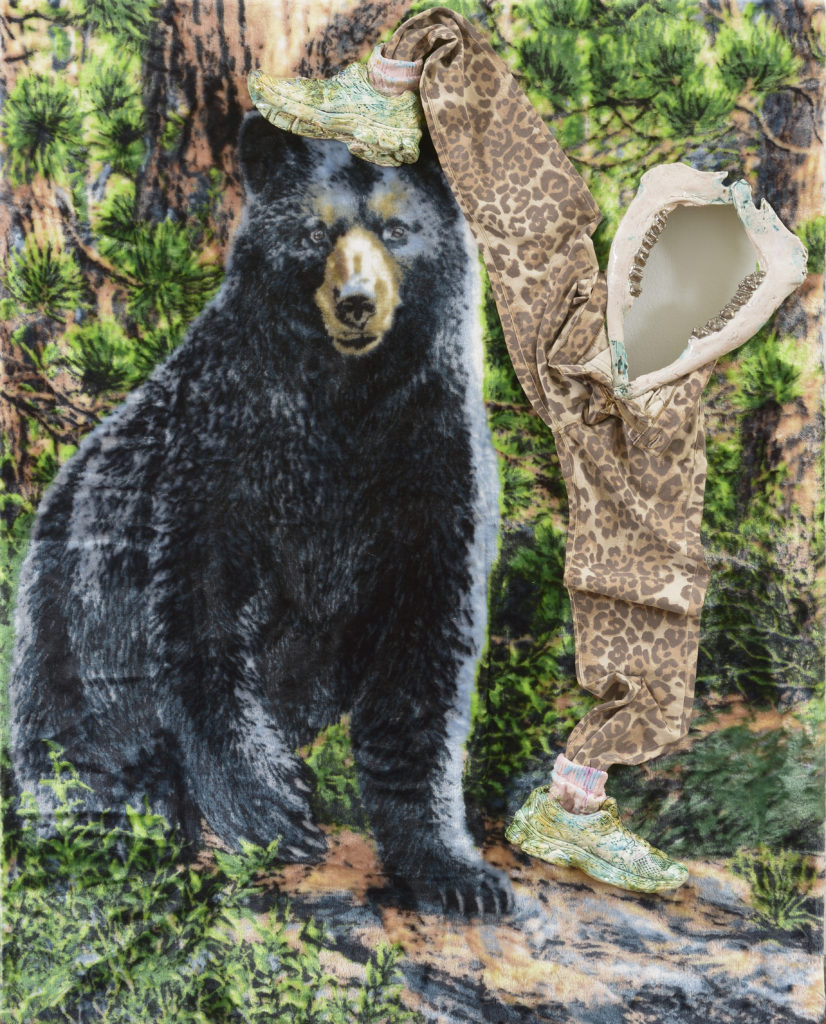
As part of the TMW art program, Moscow’s Aleksei Taruts would perform his severe and solo song “КТО ЕСЛИ НЕ ТЫ (Kto Esli Ne Ty)” in front of Kris Lemsalu’s ‘Blanket’ work at Temnikova & Kasela. The wall-hung mixed media piece consisting ceramics and found objects from Lemsalu’s travels match the oddly appealing eclecticism of Taruts’ manipulated sample assemblages. Northwest of the independent gallery, at the edge of the old town and next to the heavy metal War of Independence Victory Column monument in Freedom Square is Anna Slama and Marek Delong‘s joint show Sticky Moment at EAA Gallery. A space mostly devoted to showing the work of art students and recent graduates, manager Keiu Krikmann takes the EEA agenda further into the collaborative duo’s practice. Produced remotely between their respective bases of Stockholm and Prague, Slama and Delong come together to present their outsider art aesthetic in a darkened fantasy forest of fabric totems.
Further north and on the other side of historic Tallinn is the Kultuurikatel building. The converted power station’s flue-gas stack – famous for featuring in Tarkovsky’s Stalker – is now a symbol of regeneration, as the creative hub on the Port of Tallinn becomes host to the TMW music conference. Eminent Estonian critic Siim Nestor would offer his dry wit and sobering thoughts on the future of music journalism in the architecture hall by day. By night, he would DJ across the road with Raul Saaremets at EKKM – once a squatted art space, now a so-called self-established contemporary art institution. There’s the sharply curated independent bookstore Lugemik to the side of the building, while the main exhibition room becomes a relaxed bar and club for local artists in the evening. Saaramets’ collaborative electronic music project, Ajukaja & Andrevski is somewhat of a local staple that nevertheless succeeds in packing out the underground parking lot of the Coca Cola Plaza under the revitalized industrial space of Rotermann Quarter on the weekend.
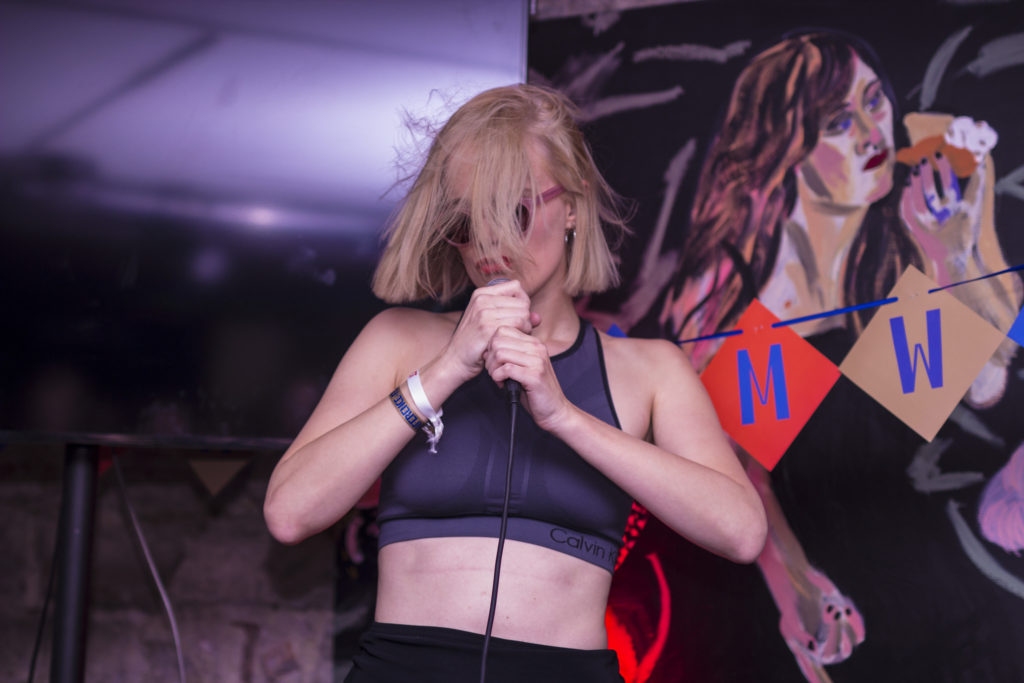
When it comes to the very broad showcase of Eastern, Western and Central European music during TMW, it’s the ones below the surface, tucked into the corners of coffee shops and basement bars that prove the most interesting to watch. The woozy bass and lurching beat of Lootus is the real highlight for the few people making it out early to the still empty multiplex car park, surrounded by echo and flashing red strips of LED lighting. myspace01 can be found in a side room around the corner from the hip hop main stage of Khovik Sinilind, with cool kids lounging and listening to his deconstructed club music under rotating lights.
The CryptoMarket Pt.1 program in particular, held at KuKu Klubi, presents the most vital subcultural connections. Here, Aleksei Taruts appears again to present a bigger-sounding version of his experimental dissections of controlled hysteria in a performance that is part noise set, part moaning punk show and part superstar EDM extravaganza, as a critique of the accelerationist agenda personified. A young London-based Estonian called Regret follows, born in the late-90s and channeling the raw charge and queer delinquency of the early 00s. Supported by live laptop operation of her own beats by Artyom Astrov of Tallinn-based label Serious Serious, the one-person punk band for the present hurls herself into the crowd and screams for a future the Yeah Yeah Yeahs and Le Tigre promised but failed to deliver.
There’s an even stronger Russian-Estonian connection at the space the following day, where The CryptoMarket Pt. 2 presents the motionless figures of Moscow’s Kate NV, then Saint Petersburg’s tema kresta, performing their monotone lyrics to stripped back and minimal electro-dance. Frail cut-ups of accordion and balalaika samples submerged in heavy beats and distortion, present the intercultural effects of a networked world, along with screen projections of maps of Europe interjected by footage of protests. Meanwhile, the room swells for Tallinn-born Maria Minerva’s second set of the week. Wearing sunglasses and a sports bra, she mostly sits down on the low stage, singing her neurotic new wave electro-pop to a computer screen, while Florian Wahl comes later with flowers and a leotard to make jokes, shout-out to Beyoncé and cover Michael Jackson’s ‘Earth Song.’
As an Australian of Polish heritage with roots in Lithuania, there’s a strange mix of registers that occurs in Tallinn, a kind of cognitive dissonance where my existing awareness of certain cultural aesthetics overlap and come up against each other, making it hard to place their origins. Much like listening to an internationalised English-speaker’s accent, it evokes a constant state of confusion for as long as that speaker speaks. The same confusion can be applied to my impressions of this new, globalised, post-Soviet Europe, where the The State is not a Work of Art survey exhibition at Kunstihoone – celebrating the centenary of Estonian independence – problematizes the idea of a national identity in work by the likes of Katarzyna Przezwanska, Ewa Axelrad, Femke Herregraven. And while it’s unclear why the bouncers at the TMW closing night HALL location insist on covering up our smartphone camera lenses like it’s Berlin’s Berghain, it is easy to see why they would make that mistake from outside. As a mostly abandoned multistory building in a largely deserted port area, surrounded by a cemetery and construction sites, the question on my mind is the same as it is anywhere in the world – how long has it been here and how long will it last? **
Tallinn Music Week was on in various venues across the Estonian capital, running April 2 to 8, 2018.

